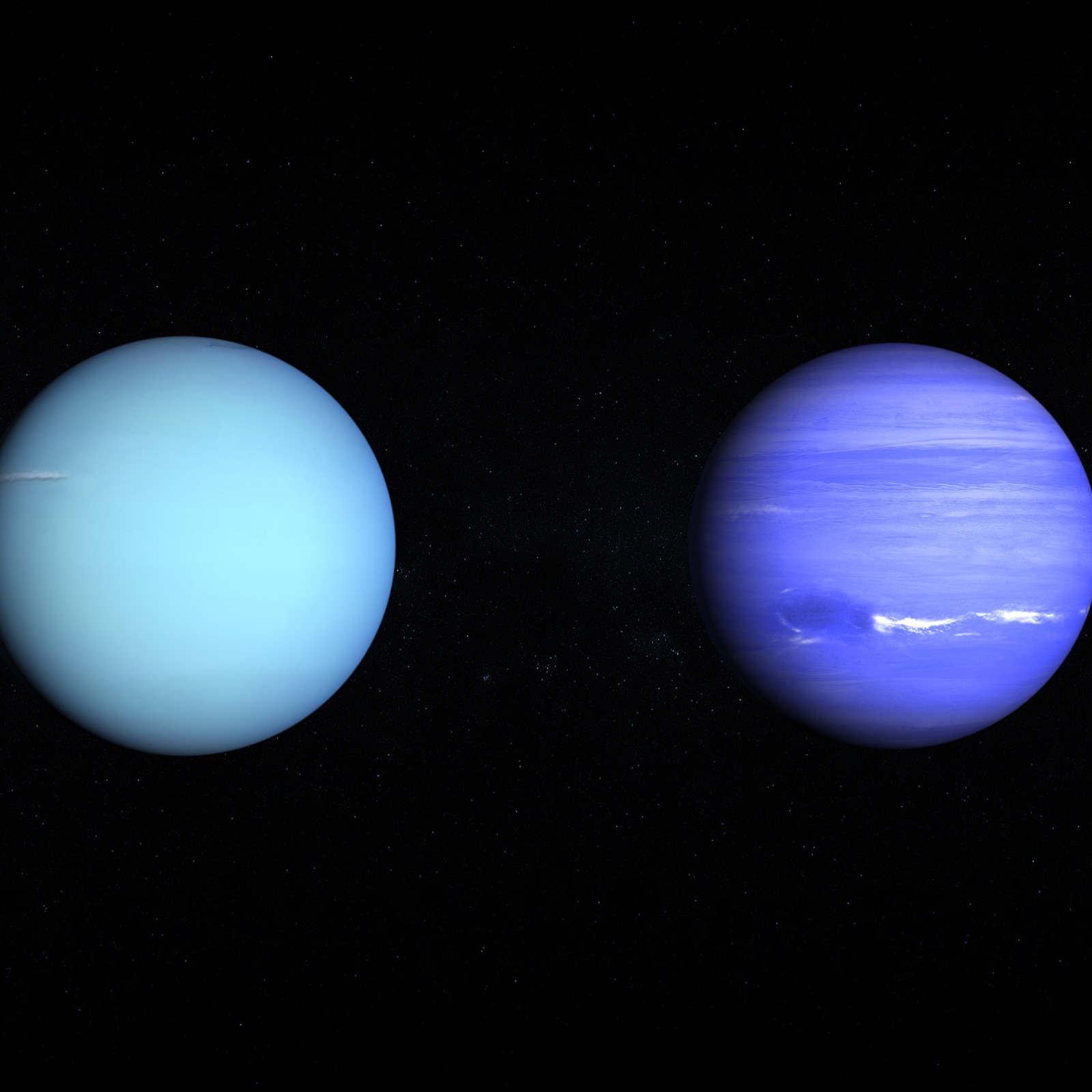Both Neptune and Uranus are very much common, considering the size, mass, and atmospheric composition, yet their shades of blue appear very different. Considering a visible wavelength, Uranus has a distinct pale shade of cyan, while Neptune has a rich deep azure hue. But astronomers have found out now why both the planets are different in colors.
Nasa recently took to Instagram to share more about the discovery. “With the help of Hubble, astronomers figured out why the planets Uranus and Neptune are different colors!” they wrote. In the next few lines, they also added the answer.
“Both planets have a layer of concentrated haze in their atmosphere, but it’s thicker on Uranus – giving it a lighter tone than Neptune. If there was no haze, both planets would look almost the same blue due to blue light scattered in their atmospheres,” they explained. Nasa concluded the post with an image.
According to a release on the ESA Hubble website, Uranus has a sluggish atmosphere which makes it lighter than Neptune and in case there is no haze in Neptune and Uranus atmosphere, both planets project a similar blue color that results in blue light getting scattered in their atmosphere.

As per the model that leads to this conclusion there are three aerosol layers in Neptune and Uranus atmosphere and the key layer that affects the colors is the middle layer, which is the haze particles layer which is thicker on Uranus compared to Neptune.
According to the team, on both planets methane ice condenses onto the particles in this layer that pulls the particles dee into the atmosphere and since Neptune has a more active turbulent atmosphere than Uranus, the atmosphere on Neptune is more efficient in churning methane particles into the layers of haze. As the layer of haze is thinner on Neptune compared to Uranus, this results in Neptune’s stronger blue shade.











